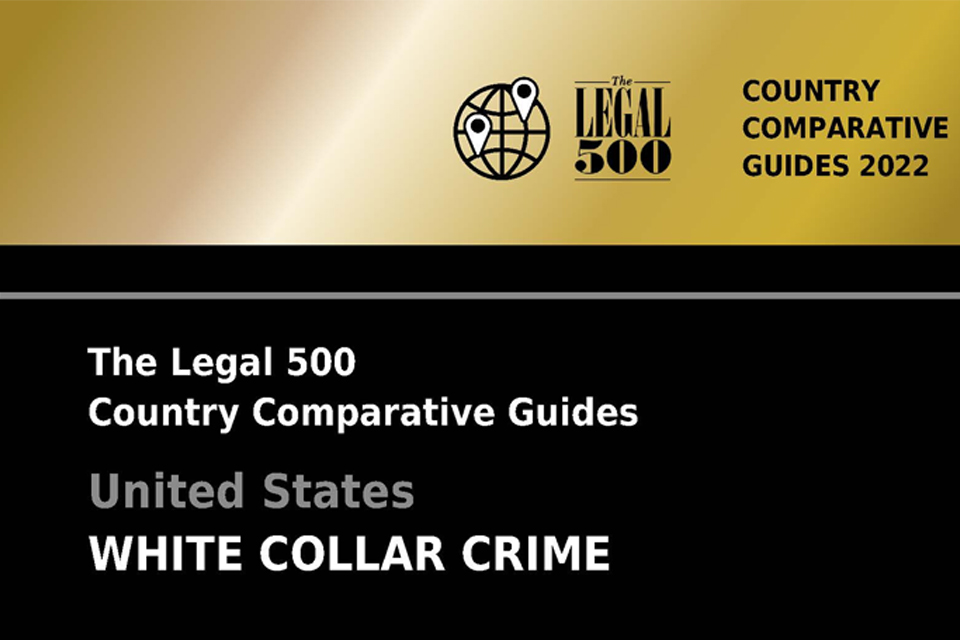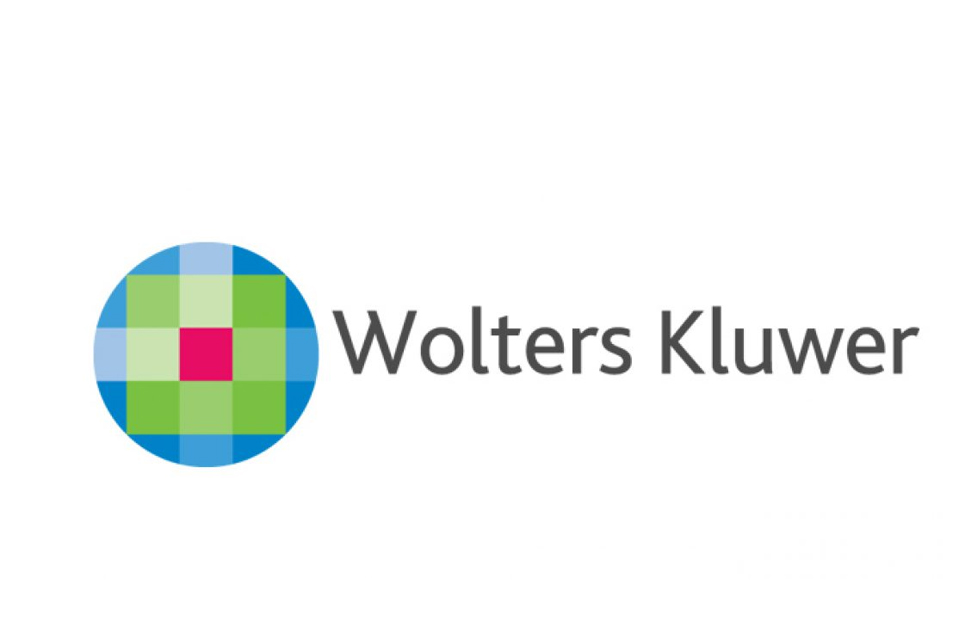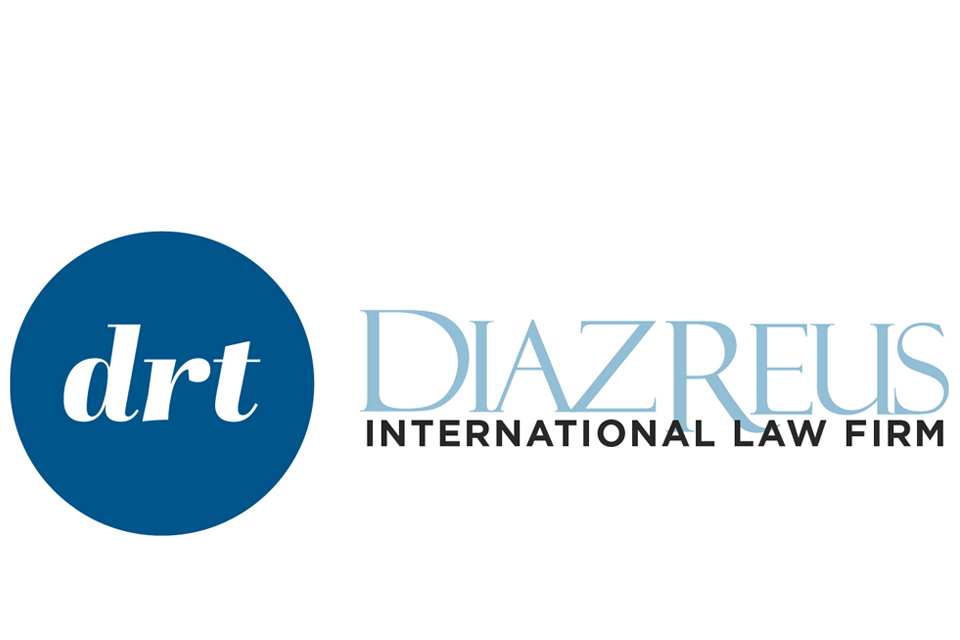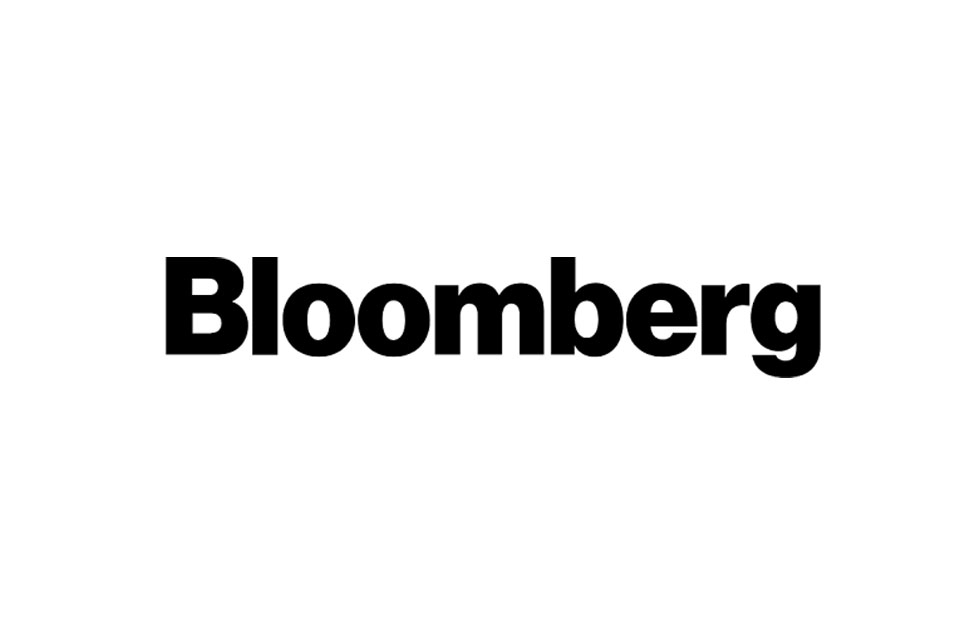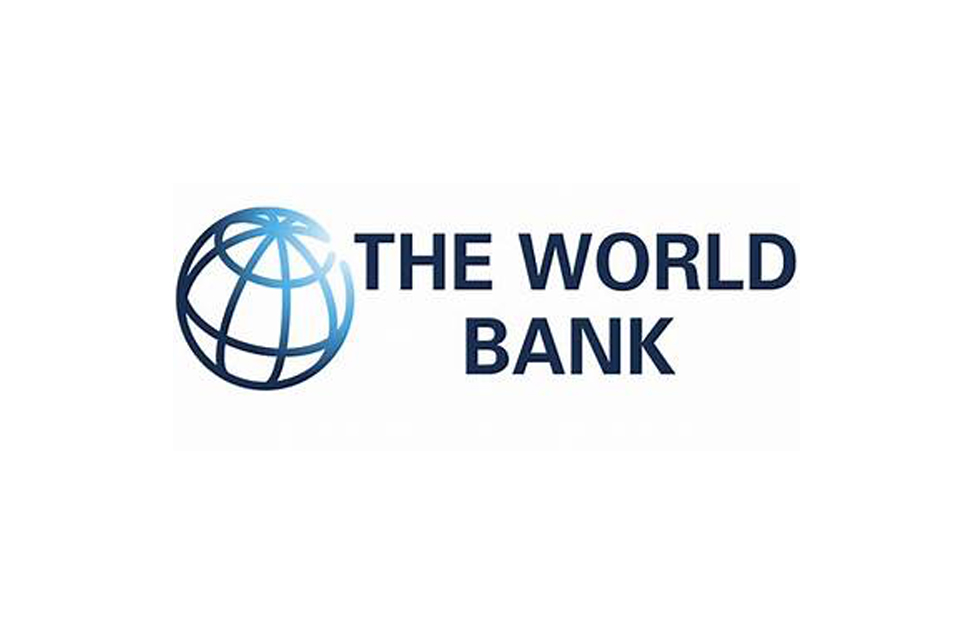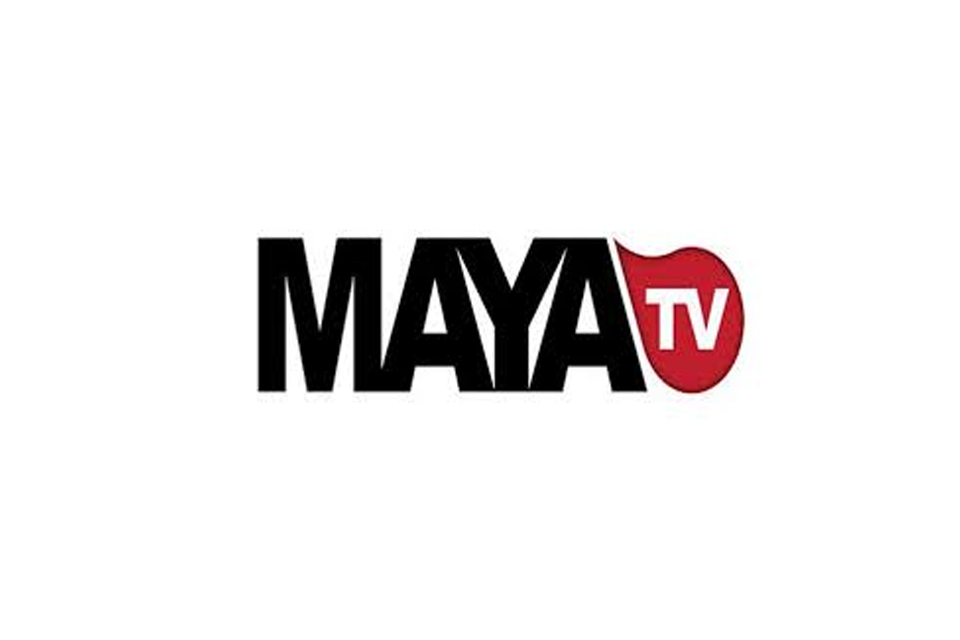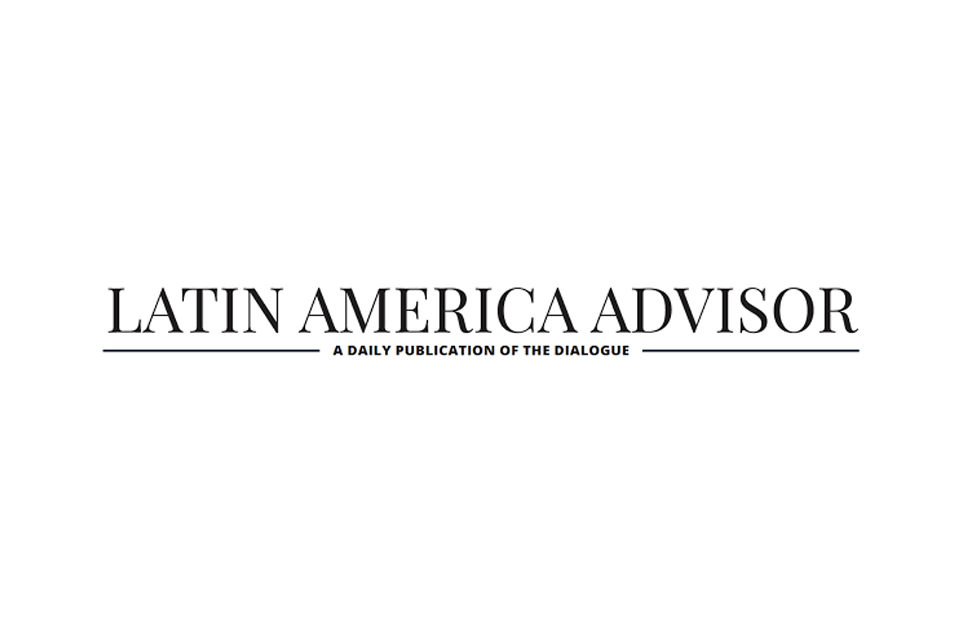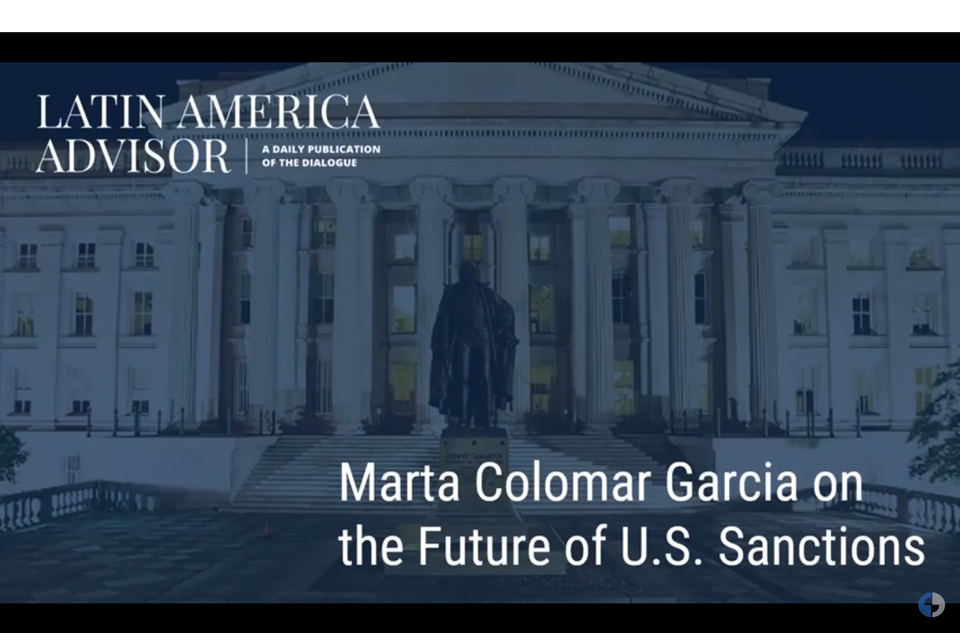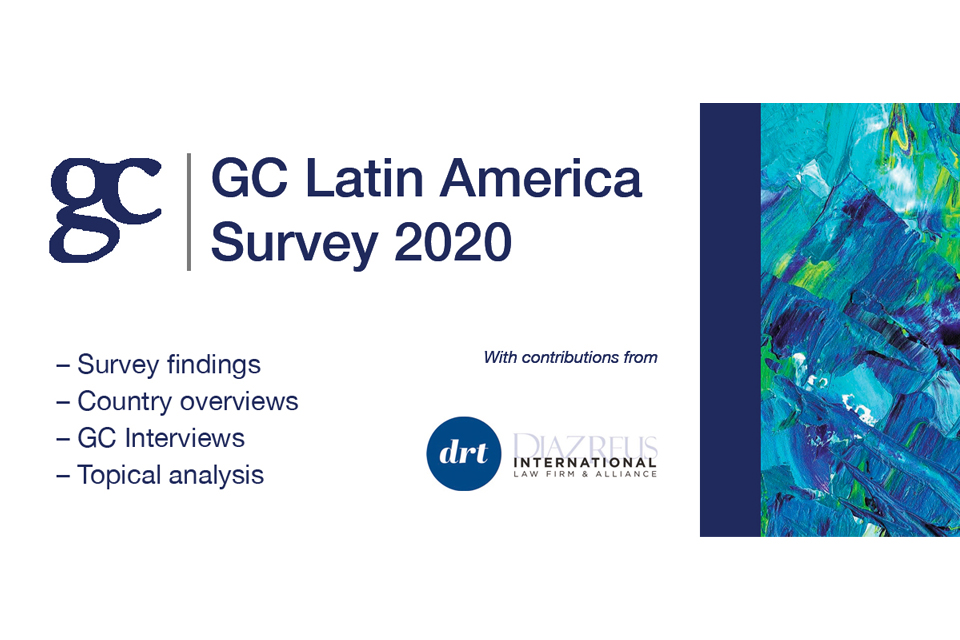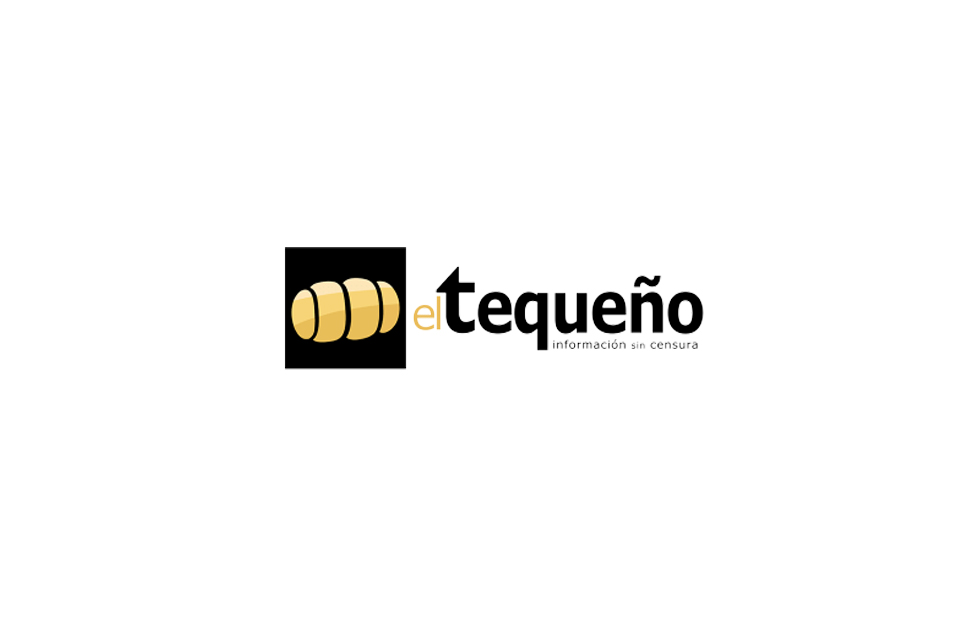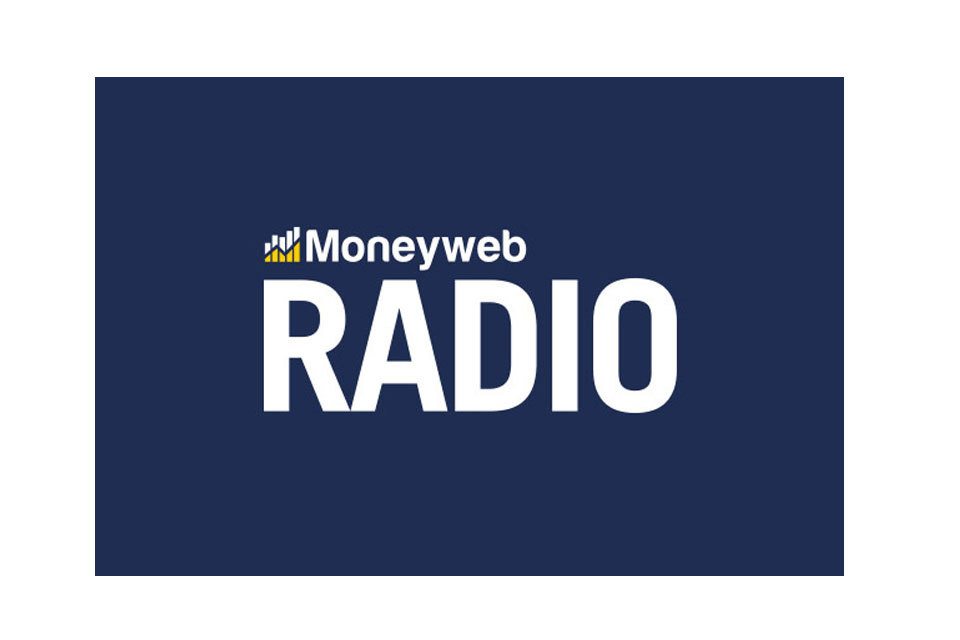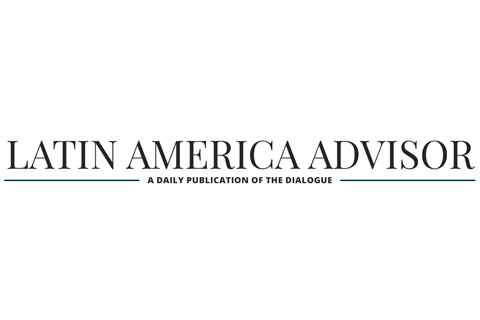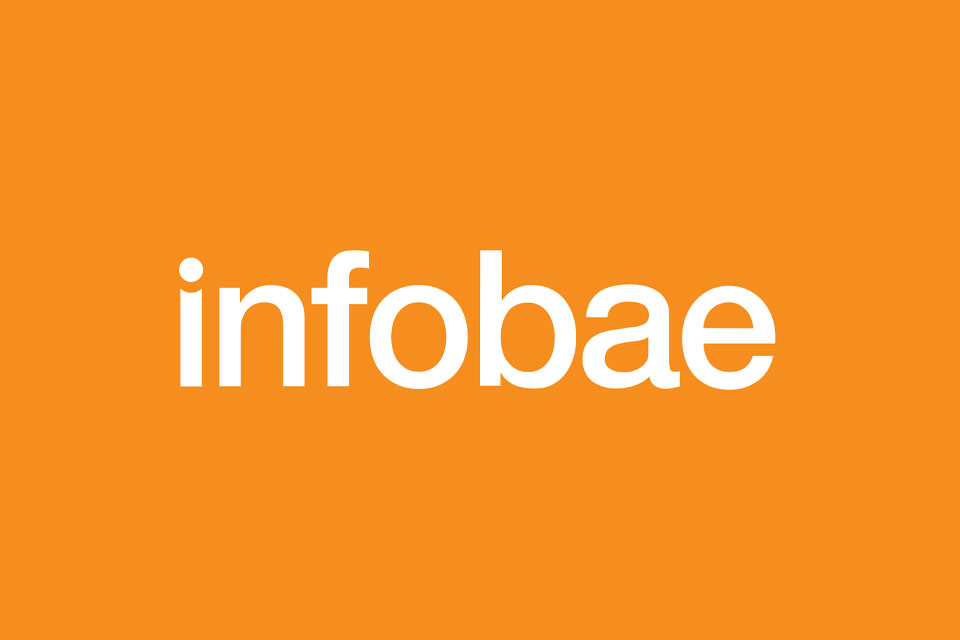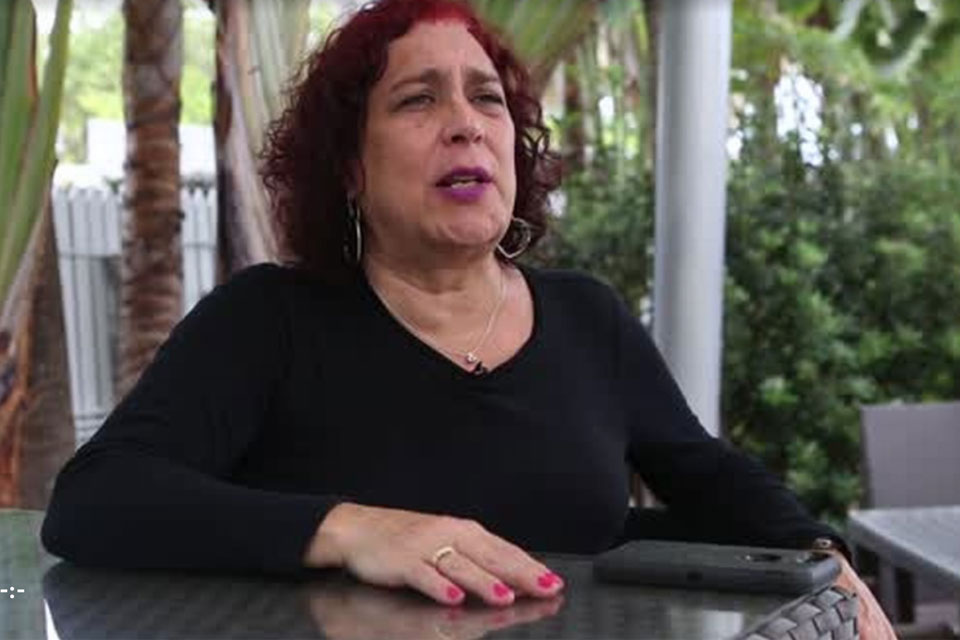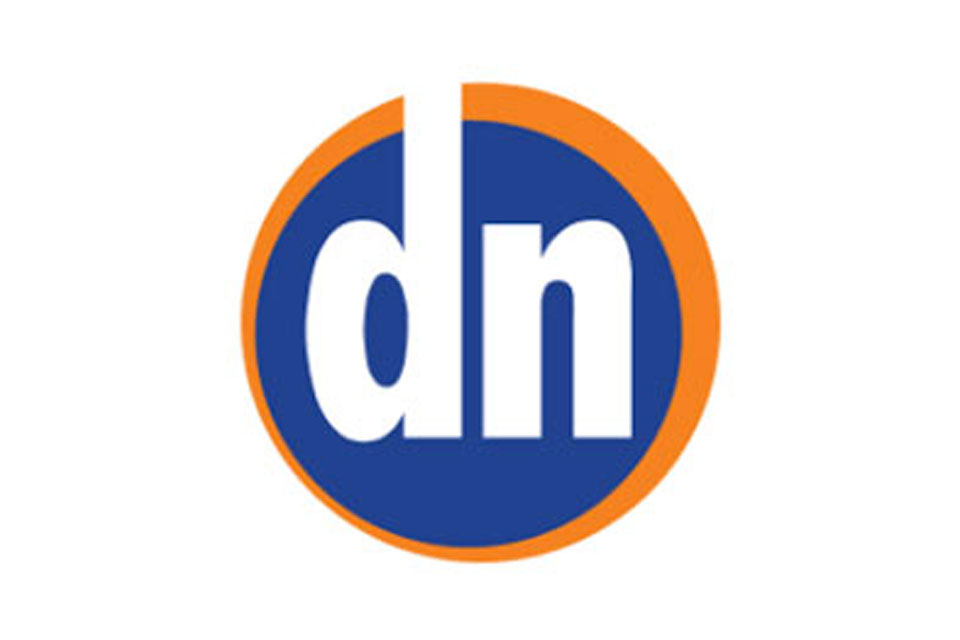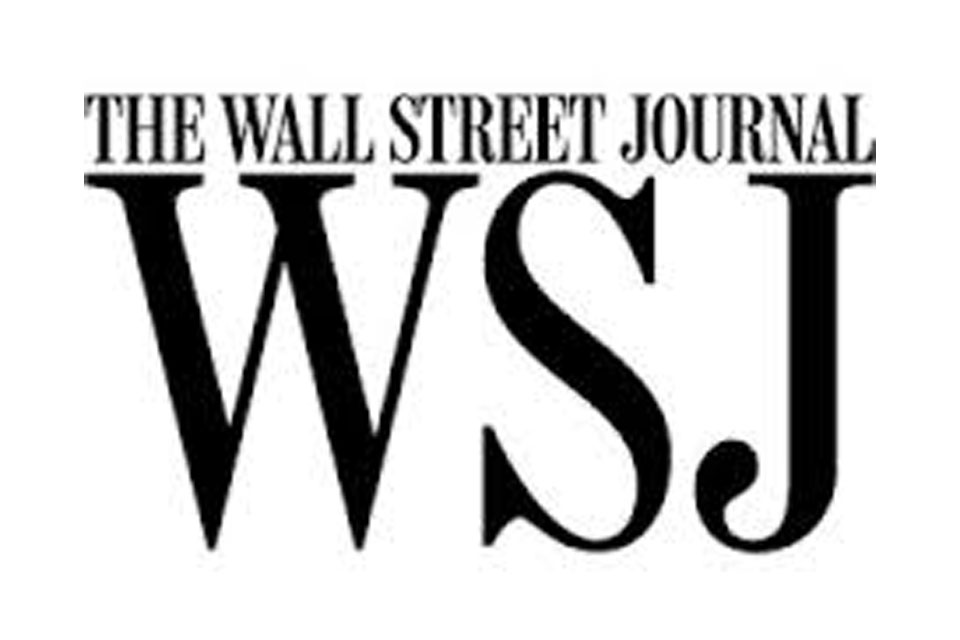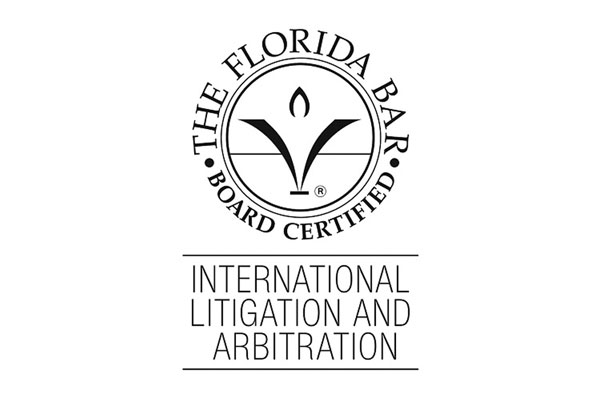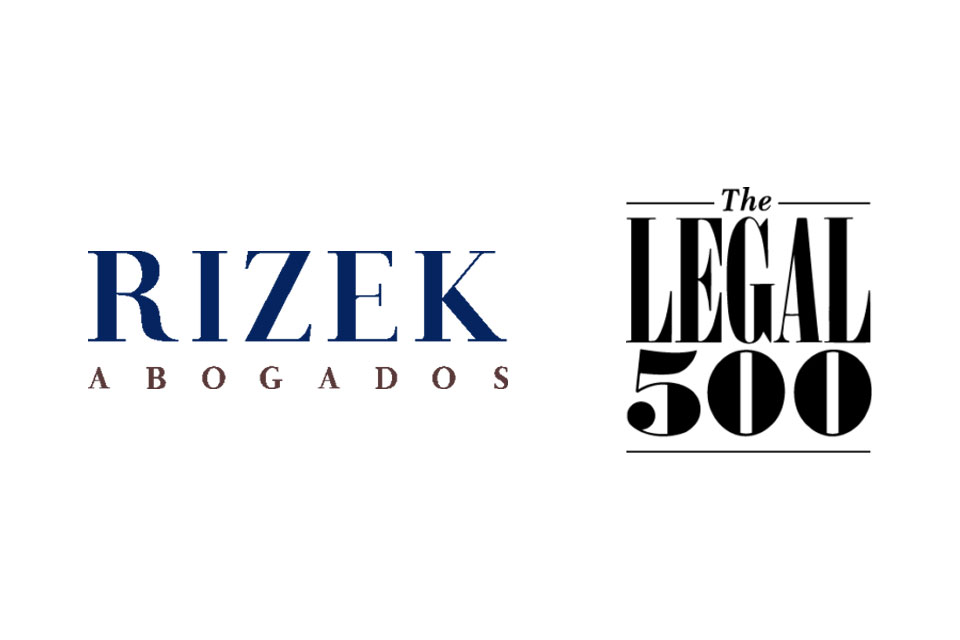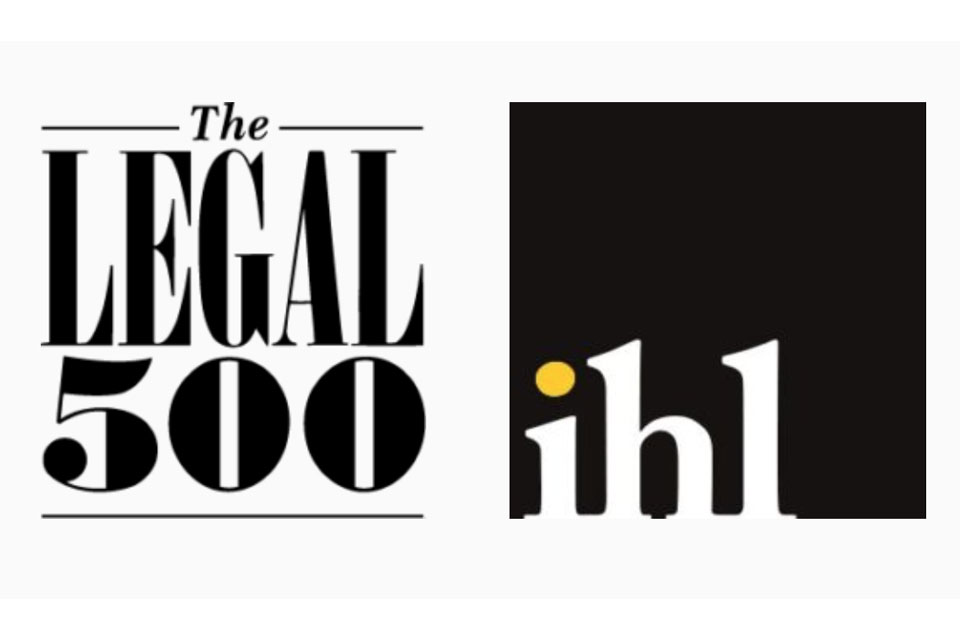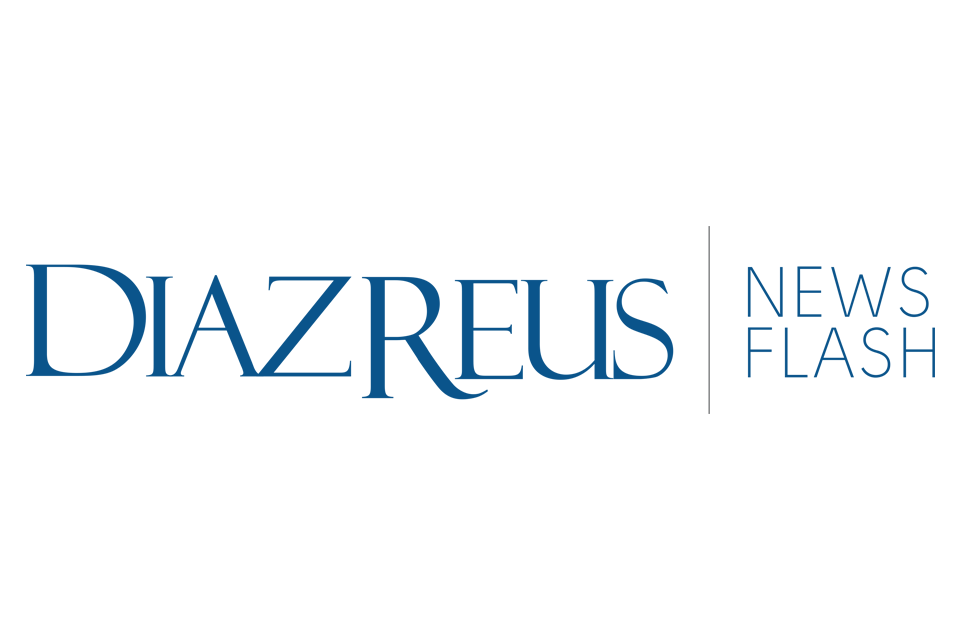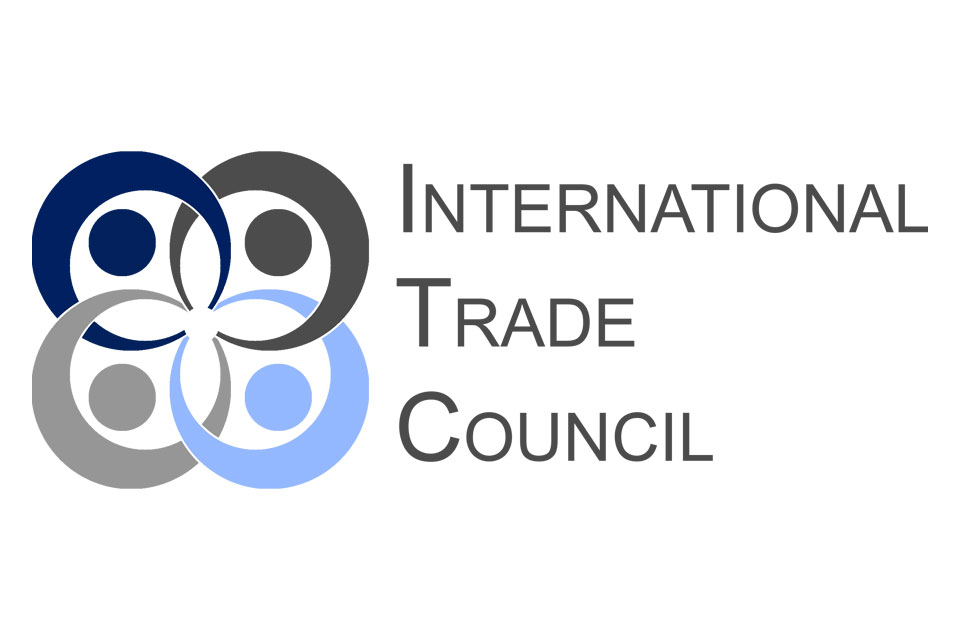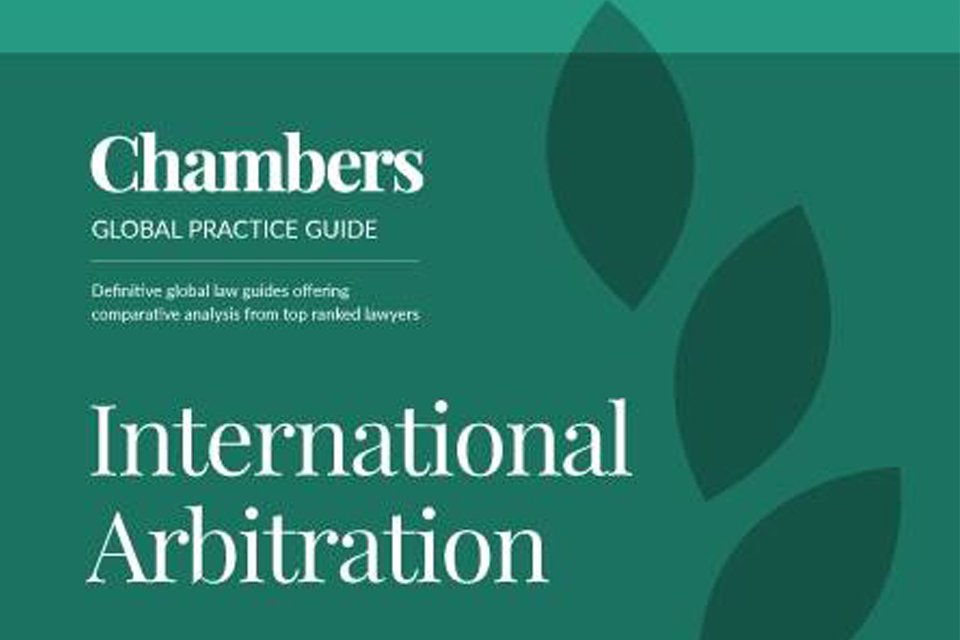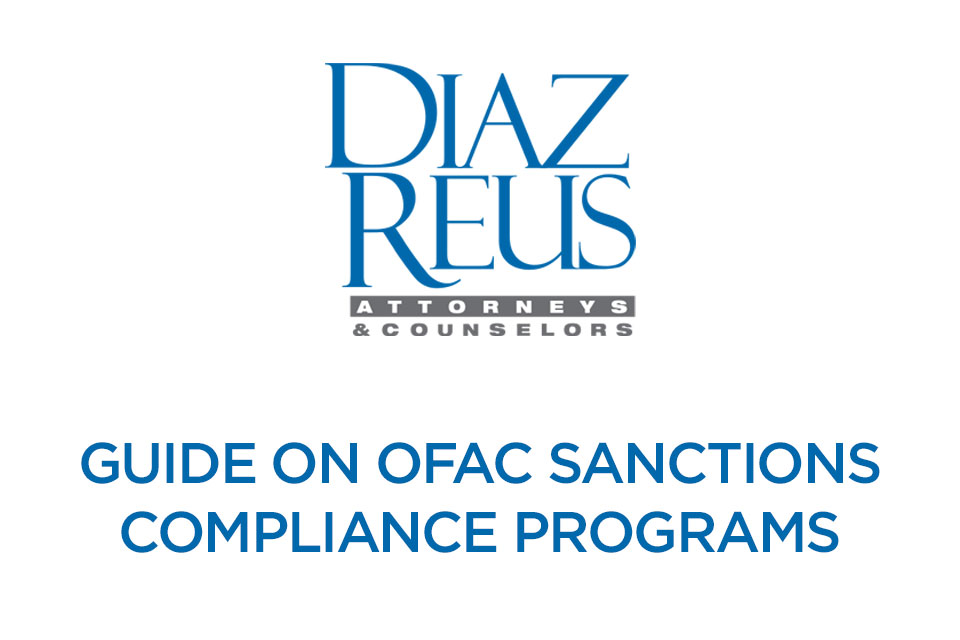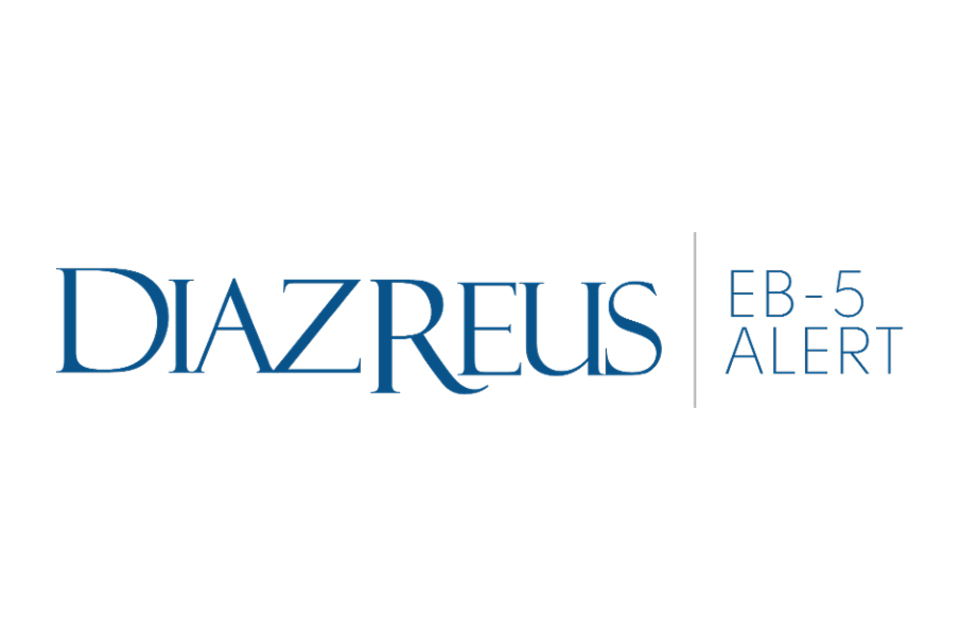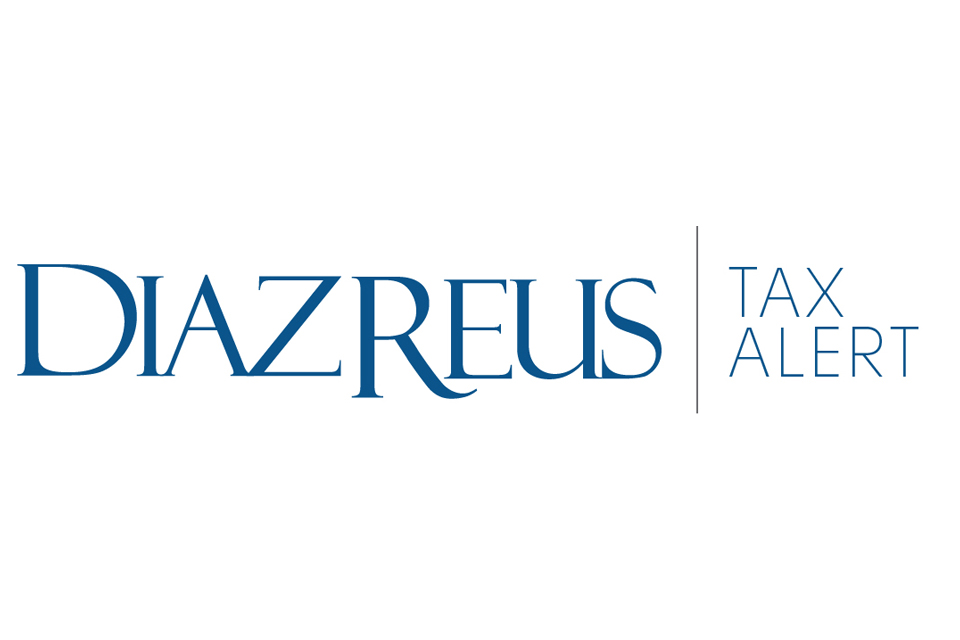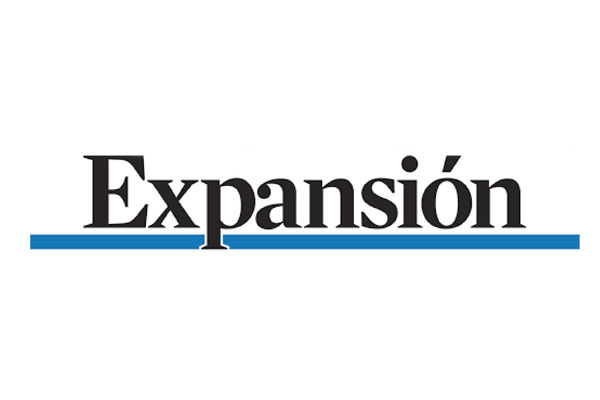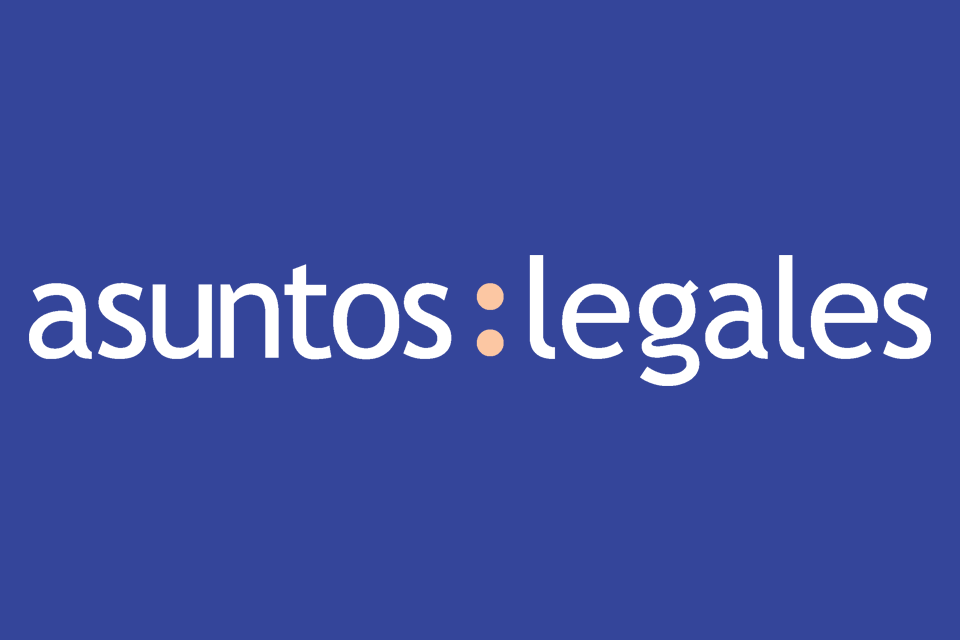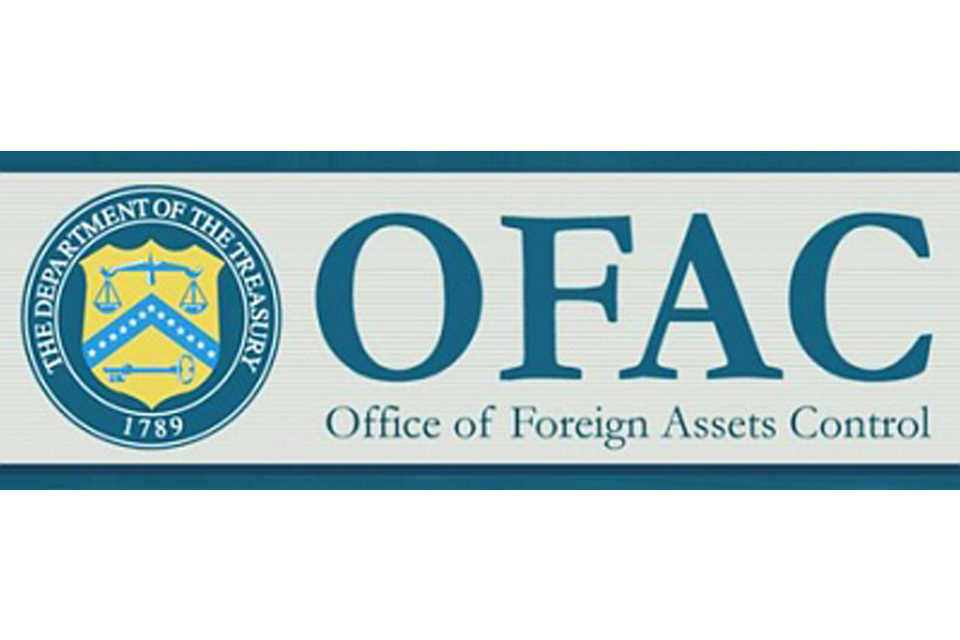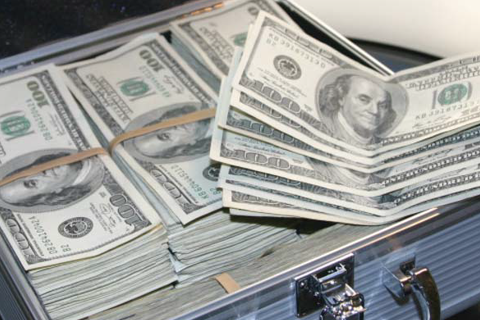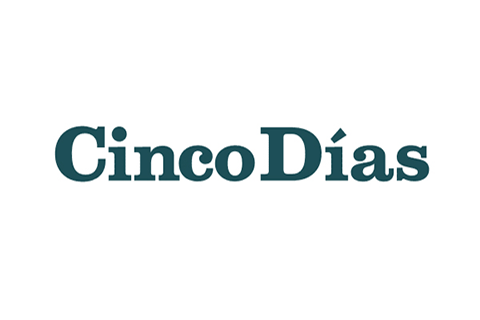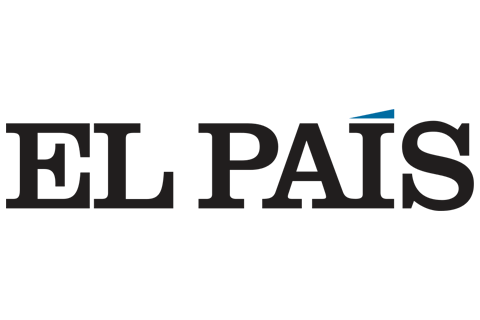Nicknamed “Dim Sum” bonds after Hong Kong’s favorite dining pastime, these securities were, until recently, considered the hottest financial innovation in Asia. The fast-growing market in “Dim Sum” bonds had been an enticing choice for foreign investors. This is primarily because the bonds are bought and sold in Chinese yuan, a currency which had appeared to be a one-way appreciation bet against the U.S. dollar. However recently, China’s cooling domestic housing market, slowing economic growth, reduced inflation, and a stronger dollar overseas have put collective pressure on cautious policymakers to slow – and at times reverse – the yuan’s appreciation against the dollar. This slowdown in the yuan’s rise is a foreboding development for dim sum bond investors, who have banked their investments on the currency’s uninterrupted surge.
Consequently, it would be prudent for investors in the Hong Kong bond market to be more cautious of putting their assets into yuan-denominated bonds. In this article, Xingjian Zhao takes a detailed look at the twists and turns that are happening in the Hong Kong yuan-denominated securities market, and offers an analysis particularly helpful to current and potential investors in this dynamic market.
Until as recently as November 2011, most investors had viewed the Chinese yuan (also called the “Renminbi”) as a one-way bet to appreciate in value. But market sentiment has shifted decisively against expectations for the currency’s continued rise. Significant changes to the yuan’s trading pattern, coupled with reduced overall risk appetite in the global financial markets, now suggest that investors expect China to halt the currency’s appreciation. And China may do just that – despite heightened U.S. pressure during an election year – in the face of reduced inflation, a cooling domestic housing market, and slowing economic growth. This is particularly bad news for investors in so-called “Dim Sum” bonds, low-yield yuan-denominated bonds sold in Hong Kong embedded with the unwritten promise that the steady upward march of the yuan will always offset the bonds’ minimal rates of return.
Abundant risk appetite earlier this year had made the yuan’s steady long-term rise seem inevitable. China’s economy was booming, and so was its housing market. Foreign direct investment and industrial output were at record highs, while the export sector thrived. Chinese policymakers steadily appreciated the yuan to cool rising inflation and contain the housing bubble, both of which can lead to social unrest if left unchecked. Until last month, China’s central bank had engineered the yuan to rise at an average of almost half a percentage point a month, causing it to gain more than 3.5% against the U.S. dollar this year – the best performance among all Asian currencies except the yen. 1 The PRC government even began negotiations toward an agreement with the Association of South East Asian Nations (“ASEAN”) to settle cross-border trade in yuan, instead of the traditional greenback. Such bullish sentiment acted as a lure for droves of irrationally exuberant investors, who entered the market with the undue expectation that the yuan would have nowhere to go but up.
Up till early November, the yuan often traded close to the PBOC’s gradually rising daily parity rate. But since then, traders have pushed the currency to the bottom of its daily trading band (half a percent below parity) at some point during nearly every trading session. In an abrupt reversal, investors are now betting that slowing exports and cooling inflation will prompt the government to slow or stop the yuan’s appreciation, in order to help fledging small businesses weather the storm. Only steady yuan purchases by the PBOC have kept the value of the currency stable. This echoes a similar pattern of volatility in Hong Kong’s offshore yuan derivatives market. That new market, in which the currency is allowed to float freely, has been implying future yuan depreciation since late September. Recently released data on China’s current account bolster Beijing’s argument that the yuan is no longer undervalued. China’s current account surplus for the first three quarters of 2011 only comprised 3% of its GDP, down from 5.1% during the same period the year before. This is below the “4% threshold” proposed by some U.S. lawmakers as the baseline for assessing currency misalignment.
Investors’ appetite for dim sum suddenly soured. Realizing that they now have far less to gain from favorable exchange rate movements, investors are demanding far higher yields on their bonds. For example, Hong Kong-based yuan-denominated PRC government bonds issued this August with a 0.6% rate now trade two-and-a-half times higher, at a previously unthinkable yield of more than 1.5% (higher yields indicate weaker bond demand). Meanwhile, a closely followed index for offshore yuan-denominated bonds has fallen nearly 7% from its mid-year high, the same period over which expectations for continued yuan appreciation have faded. Alternatives for investing in yuan-denominated debt have also played a role in pushing up yields on dim sum bonds. The government of Hunan province in south-central China, for example, has recently sought a 10 billion yuan ($1.57 billion USD) syndicated loan in the Hong Kong market. Analysts predict that increased competition among offshore yuan issuers will lead to even greater pressure for them to offer higher yields. But higher yields and lower exchange rates strip dim sum bonds of their intended allure, making them look more and more like just plain-old government bonds.
Some argue that long-term bets should still favor the yuan’s rise against the greenback. But recent trading patterns suggest that the market has already developed far more nuanced expectations about the yuan’s future exchange rate – signaling a possible end to investors’ honeymoon with the emerging but still tightly controlled currency. Unlike revenge, however, dim sum is not a dish that is best served cold.
_________________________________
1 The People’s Bank of China (“PBOC”), the country’s central bank, has kept a tight grip on the yuan’s exchange rates with other currencies. It sets a daily “parity rate” for the yuan against the U.S. dollar, and limits the yuan’s movement to a narrow band of no more than 0.5% above or below the government’s daily rate. As a result, the PBOC effectively controls the yuan’s exchange rate on any given day, causing analysts to deem the currency as one that is not fully convertible.









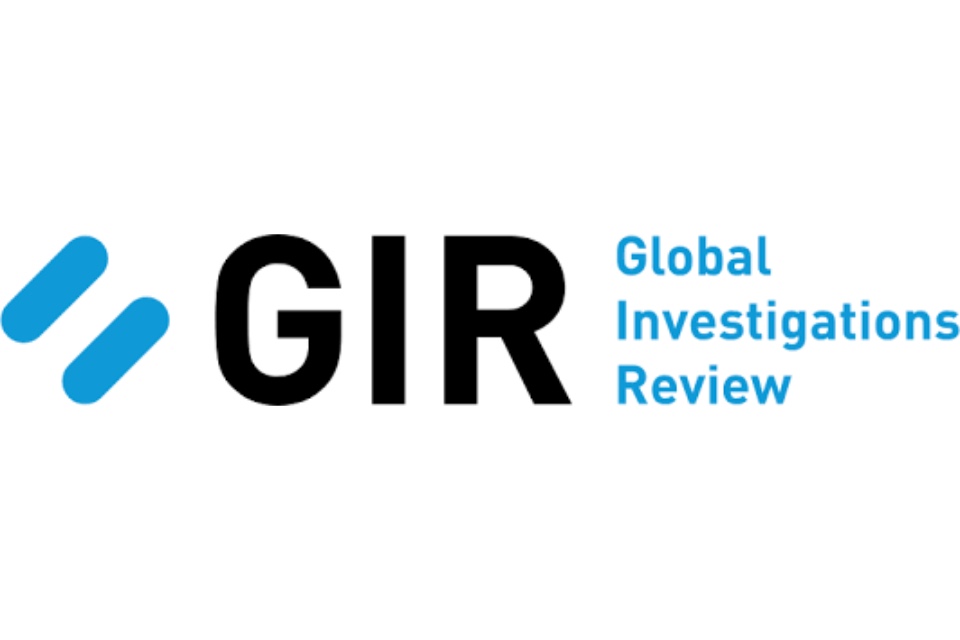













































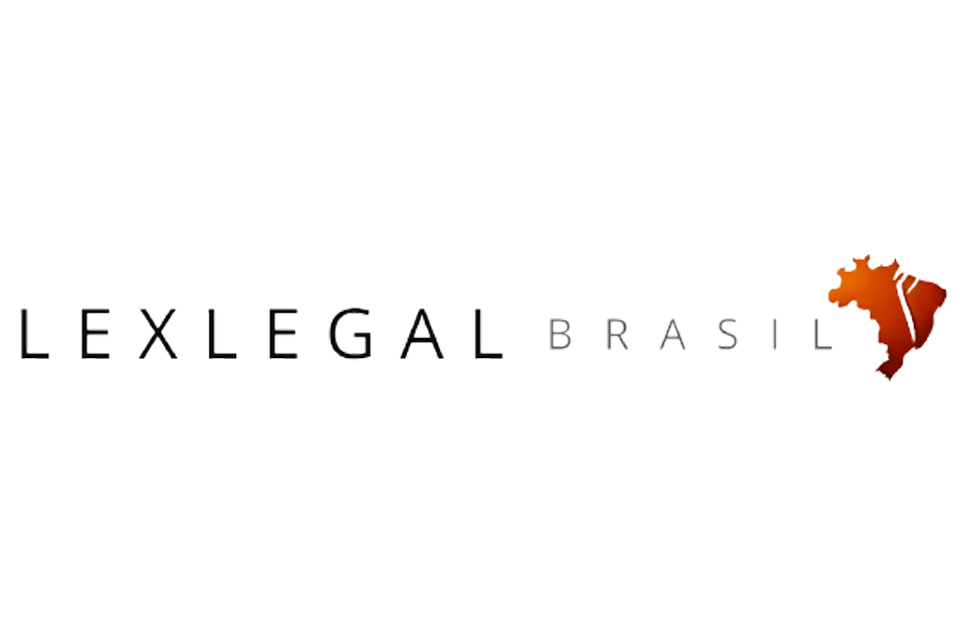


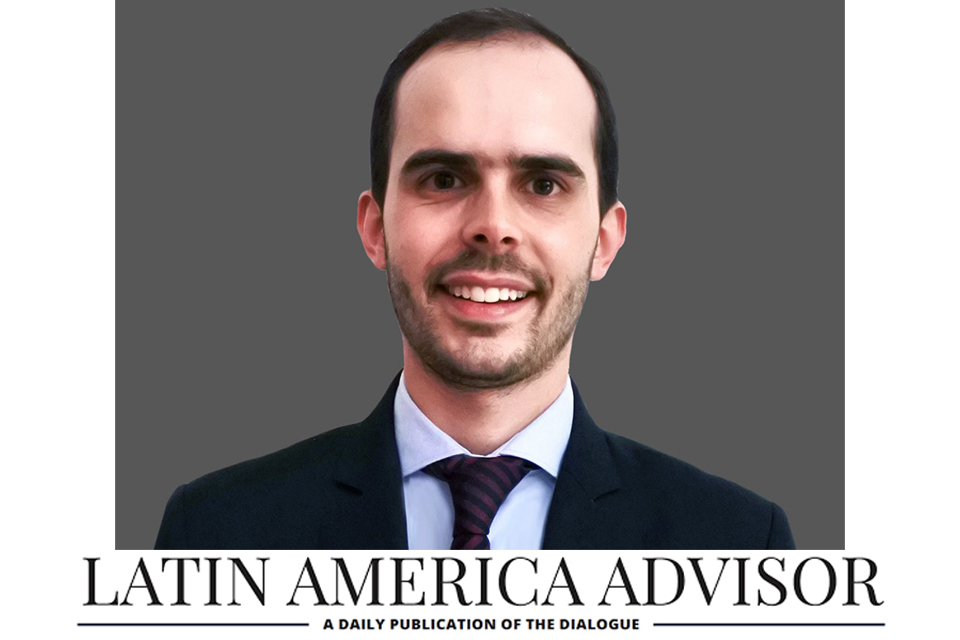









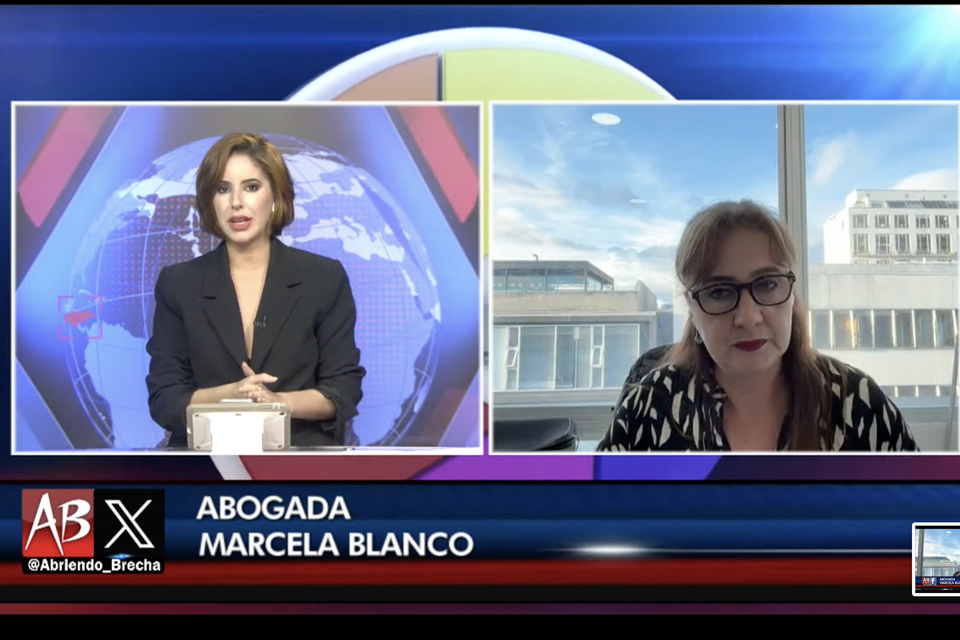



















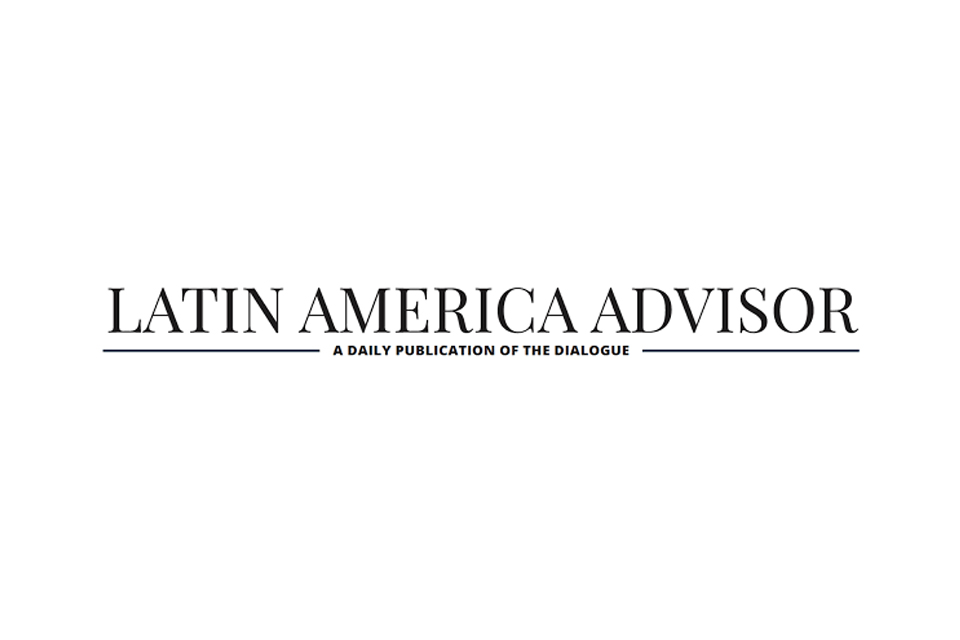











![Especial abogados Salón de la Fama[61] 4](https://diazreus.com/wp-content/uploads/2023/06/Especial-abogados-Salon-de-la-Fama61-4-pdf.jpg)















